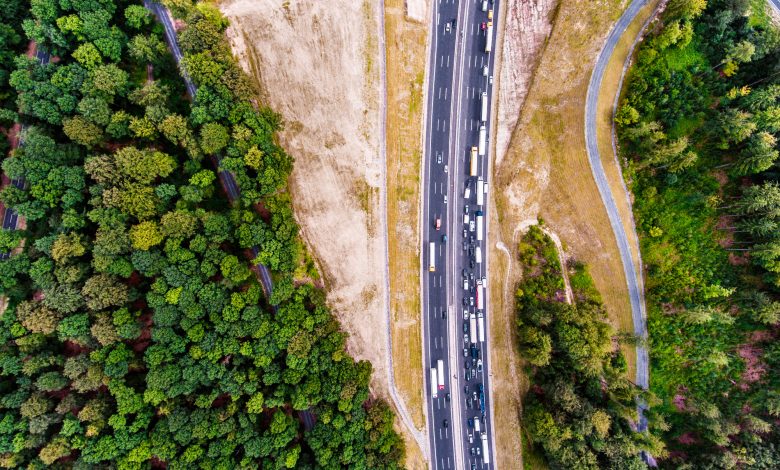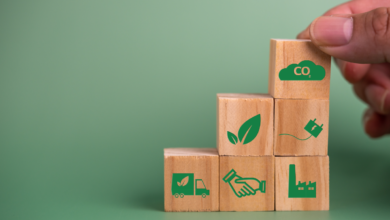(Sustainabilityenvironment.com) – The Directorate General for Enterprise and Industry of the European Commission has estimated that one third of the energy produced on planet Earth is used for the mobility of goods and people: It can therefore be assumed that at least one third of the greenhouse gas emissions are attributable to passenger transport and freight logistics. The adverb is at least justified by the fact that mobile vehicles produce, for the same amount of energy consumed, more pollution than fixed installations.
The search for better living conditions (work, relationships, training, entrepreneurship, culture, transport, health) has led to a progressive transfer of population and resources from rural to urban areas. However, the growth of urban agglomerations generates other problems that are putting this expectation in crisis, especially in large metropolises (traffic congestion, air quality, health, safety, etc.).
About 50% (3.5 million) of the world’s population live in urban areas, in Europe this percentage rises to 75% and in 2020 it is expected to reach 80%. 75% of the world’s energy is consumed in urban areas.
Logistics is one of the major challenges facing cities today. According to several studies conducted in this millennium in some European urban centers, a city suffers: in numbers from 300 to 400 journeys of freight vehicles per 1000 inhabitants per day; in quantities from 30 to 50 tons of goods per person per year.
The transport and delivery of goods in urban areas have contributed significantly to the increase in social and environmental problems linked to vehicle traffic and air pollution. Promoting sustainable logistics in cities is therefore a primary objective for contemporary society.
Logistics is one of the major challenges
The traffic of the goods in the great metropolis causes one third of the pollution; this percentage is destined to increase with the fragmentation of the deliveries in citizens connected to the e-commerce, of which it is easy to foresee an appreciable increase, taking into account that its current diffusion places Italy on values around the 50% of the average of the developed Countries.
The flow of goods in urban agglomerations has a peculiarity: products enter and waste exit. The progressive spread of the Circular Economy will have the consequence that the collection and treatment of special waste in general, and in particular of those technological waste that is fragmented by nature, will provoke traffic that will join to that of the normal chain of supply in the urban centers, further degrading of the vivibilità.
In other words, the final stretch of the flow of the distributive logistics said in jargon “Last mile“, will be superimposed that of the “First Mile“, intended as the initial stretch of the process of recovery and recycling.
The method to limit effects
To limit the climaltering effects of vehicular traffic, the classic method is the adoption of means of transport with reduced or zero environmental impact. However, it solves the problem of emissions but does not allow to reduce the number of vehicles, leaving unchanged the disturbance of vehicular traffic and the inevitable traffic jams.
But there is another method that multiplies the effects of the first: the optimization of the coefficient of filling of the means of transport. It is capable of creating, in addition to reducing emissions, also the streamlining of traffic that cities desperately need to be livable.
Reliable statistics (Fondazione ITL Bologna) report that in Italy 32% of small and 43% of large trucks travel empty. In a joke, dear to Giovanni Leonida, the most transported commodity is air. We do not even need to develop statistics on passenger transport, we just need to count the average number of occupants of the cars we meet every day.
From this we can easily guess how much could be applied for the environmental sustainability the increase, even if only ten percentage points, of the coefficient of filling of the means of transport and the warehouses (by the way: few know that air-conditioning a full warehouse is less expensive than when it is empty): it would cut the greenhouse emissions, would reduce circulating vehicles and road congestion.
And this is without having to bear any environmental cost, producing even virtuous side effects, such as less wear and tear of transport.
The reason why, at the COP21 in Paris last November, it was not a question of this subject, having to exclude the dullness of the participants, It can only lie in the general belief that the desturation of the means and warehouses is physiological and therefore unavoidable. I can say that this is not true.






